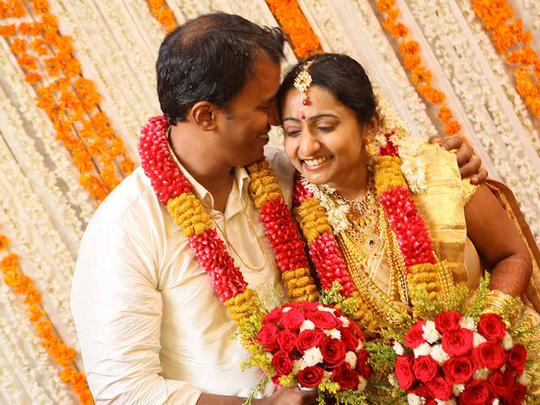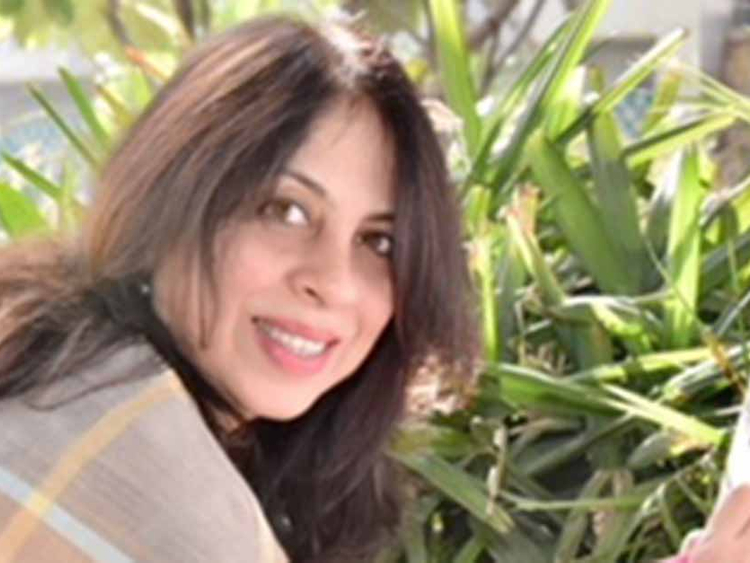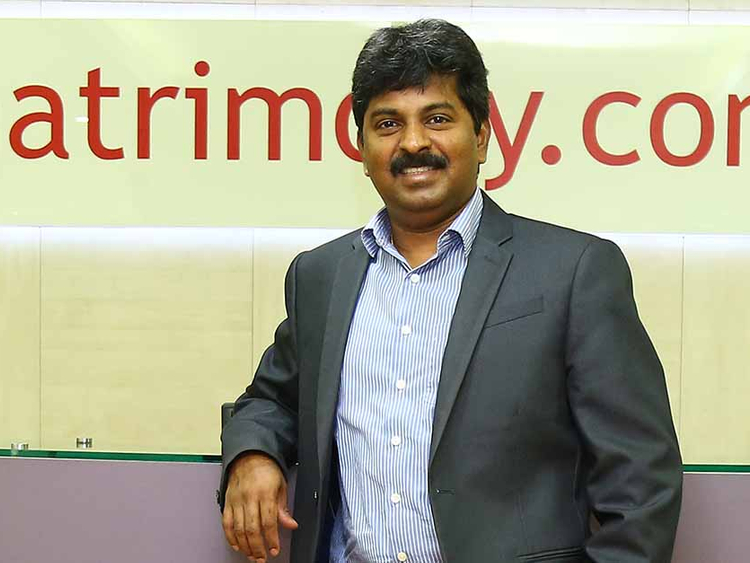
Settling abroad has been the great Indian lifestyle dream since the country’s independence in 1947. This put the nonresident Indian (NRI) on top of the charts of the marriage eligibility billboard — or the marriage market as it is jokingly referred to — for the longest time. However, a look at current trends indicates a shift in that long-sustained Indian matrimonial mindset.
“Before now, marryingan NRI was a passport to a seemingly more glamorous lifestyle,” says Alka Kapoor, an NRI art museum docent based in Singapore with a son and daughter nearing marriageable age. “It meant access to the best global brands, bringing much sought-after gifts for the folks back home when visiting, and being looked up to in India for living in more developed countries such as the US and UK. But that’s changing fast.”
India has the largest diaspora of any nation. The most recent UN survey on international migrant trends says 16 million Indians were living abroad in 2015 — a significant increase from 6.7 million in 1990. But how attractive are NRIs now as life partners, against the canvas of hardening immigration rules in the US, the Indian economy’s rising fortunes and social changes such as Indian women pursuing their careers seriously?
Where does this place NRIs looking for matches with other Indians — at home or abroad? “More than 80 per cent of NRIs residing in the Middle East prefer partners from India,” says Murugavel Janakiraman, Founder and CEO of Matrimony. com, one of India’s topmatchmaking portals. “Among NRIs living in the US, there is a noted difference in preference of males and females. More than 80 per cent of female NRIs with US citizenship prefer only NRI partners, while their male counterparts are open to both India-based and NRI partners.”
Family help
Matchmaking — a process by which parents and extended family help young people find life partners — remains an accepted way of life in India. Arranged marriages have been the norm on the subcontinent for centuries, and with their rigorous social and religious checks, they allow families to find potential suitors of a similar socio-economic status — often down to the same caste and dietary habits.
Rishar Raviraj, an India-based marketing and communications professional, and Reshma Ramachandran, a Dubai-based NRI, found each other through just such an arrangement. “Reshma and I had a very typical community arranged marriage,” says Rishar.
“Our parents were looking for a match for both of us on Shaadi. com and Keralamatrimony.com. That’s how we found each other. Horoscopes were matched and background information was checked through friends and relatives. Our initial reaction was that the marriage will not work out because of the huge challenge in that we were born and brought up in two different countries, and we were living in two different countries during the time of the proposal. But technology helped a lot to connect and get to know each other. We would Skype, WhatsApp and call each other.”
The shift away from NRI groom hunting has a lot to do with improved living conditions, especially in urban India. Past experience has shown that that life on foreign shores was neither as glamorous nor as luxurious as previous generations believed it to be.
With the more recent economic depression that the world never truly fully recovered from, the differences in favour of a luxurious Indian lifestyle have deepened further. NRIs, it appears, are losing their cachet in the marriage market. “A lot of girls don’t want to leave India anymore,” says Kapoor. “Life is harder in most other countries in comparison to India where you get a lot of help. They would prefer to now just holiday abroad.
She talks of how a close family friend in the US has struggled to find a match or partner for her son for several years now. “It’s getting worse now that even NRIs on H1B visas are considering moving to Canada and green cards are getting delayed due to the shifts in immigration policies and political uncertainty,” she says.
At Shaadi.com, 4 per cent of the singles looked for life partners in the US last year. However in 2015, 11 per cent of women wanted NRI husbands, but in 2017 this stood at 10 per cent, says Gourav Rakshit, CEO, Shaadi.com.
“Opportunities in India have been constantly growing and women today are more hesitant to upturn their careers and lives to go settle abroad,” he tells GN Focus. “Overall, the numbers have been on a steady decline because of a larger trend.”
Changing times
For the moment, the trends appear to be in flux. NRIs — particularly second or third generation — seem to want to find their own partners in their country of residence and their choices tend to be non-Indians.
While they date during their university years, work schedules leave them little time to do so once afterwards, Kapoor says. It is at this juncture they resort to marriages semi-arranged by introductions from Indian friends and family network. “Most Indian parents are still not comfortable with the idea of their children dating,” she says. “If the family and friends networks don’t yield results, many parents prefer to use matrimonial matchmaking sites such as Shaadi.com.
Last resort
New York-based management consulting professional Mohit Pillai (name changed for privacy reasons), echoes those observations. “Most NRIs look for mates through friend networks, apps and schoolmates,” he says. “The primary criteria is to find someone in their country of residence to avoid having to deal with visa issues, etc. Unless the parents are particular, very few would look at arranged marriage as an option,” says Pillai, who in his early thirties, fits the definition of the ultimate NRI catch.
NRIs now only turn to arranged marriages when they are unable to find a partner but are ready to settle down. Young people might use dating apps such as Dil Mil for Indian-specific dating or general ones such as Bumble and Coffee meets Bagel, or, with their parents, create profiles on arranged matrimonial sites such as Elitematrimony.com or Shaadi.com. “Indians abroad with an Indian upbringing still prefer to marry Indians. ABCDs don’t!” Pillai says, using the term for second-generation Indian immigrants to the US, American-born confused desi.
The winds of change seem to have touched NRI matrimonial sails for multiple reasons. The matchmaking playing field has levelled significantly. As NRIs continue to primarily seek other NRIs, the matrimonial exodus from India has been noticeably on the decline.










